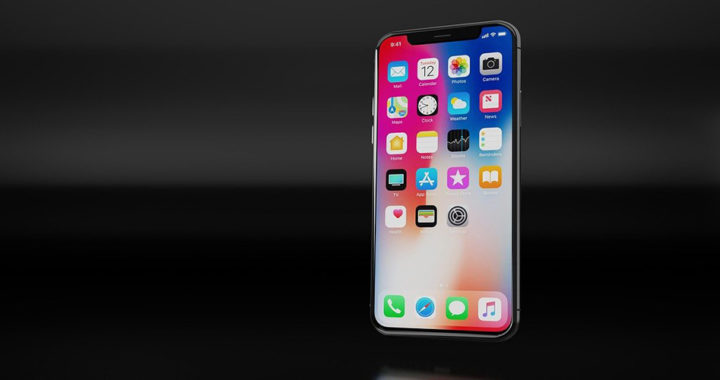Super Retina Display is a brand of OLED displays trademarked by Apple Inc. and introduced first with the release of iPhone X in 2017. Feature in high-end iPhone devices, it is part of the Retina brand of displays with high pixel density.
The Pros: Advantages of Super Retina Display
Note that there are two sub-brands of Retina Display. These are the Super Retina Display and the Liquid Retina Display. The “Liquid” counterpart is a trademark for high-pixel density displays based on in-plane switching liquid crystal display or IPS LCD technology.
The advantages of Super Retina Display over Liquid Retina Display and other brands of display panels fundamentally include all of the advantages of an OLED display. Take note of the following:
• Better Image Quality: An OLED display is inherently superior over IPS LCD and older generations of LCD technologies because it produces deeper blacks, has a higher contrast ratio, wider viewing angle, and naturally higher refresh rates.
• Unmatched Contrast Ratio: It is an emissive display technology. Blacks are displayed by turning off individual pixels within a given image area. Furthermore, it does not require backlighting, unlike conventional LCDs.
• Energy Efficiency: One of the advantages of Super Retina over Liquid Retina is that it is more energy-efficient. OLEDs do not require backlighting because each diode emits both color and light, thereby translating to less power consumption.
• More Design Possibilities. OLEDs have allowed Apple to design slimmer iPhones with larger screen real estate or higher screen-to-body ratio. The organic later of these displays are not only thin but also flexible.
The Cons: Disadvantages of Super Retina Display
OLEDs have been a popular display technology used in several high-end products in the market. They have taken over IPS LCDs because of their capability to produce superior image quality. However, IPS still has several advantages over OLEDs.
The disadvantages and limitations of Super Retina Display stem from the inherent drawbacks of OLED display technology. Take note of the following:
• Shorter Lifespan: One of the problems with OLEDs is that organic diodes degrade faster than both LCDs and inorganic diodes. The degradation is also uneven, with blue diodes degrading faster than the rest. These issues result in noticeable screen burns over time. They are also more susceptible to damage due to water exposure.
• Poor Outdoor Visibility: Remember that they do not use backlighting because individual diodes emit light on their own. However, they can be difficult to view when outdoors or under direct sunlight. IPS LCDs have better outdoor visibility.
• Oversaturation: Most OLED panels in the market produce oversaturated images with colors and contrast that are too harsh. In other words, these panels produce inaccurate color reproduction and image representation.
Next-Generation Display Technologies for Apple
It appears that Apple limits the use of Super Retina on top-tier iPhones. All of its other high-end products, such as the iPad Pro and MacBook Pro, still feature LCDs based on in-plane switching. There are two reasons for this. First is that OLEDs are not suitable for use in devices with less screen activity. Second, they are also costlier to manufacture and procure than LCDs.
The company also announced in 2019 that it has begun developing its in-house capability to deploy advanced IPS LCD based on mini-LED backlighting. Apple will soon be using mini-LED technology on its future models of iPad and MacBook. It combines the inherent advantages of IPS LCDs with some of the notable characteristics of OLEDs





